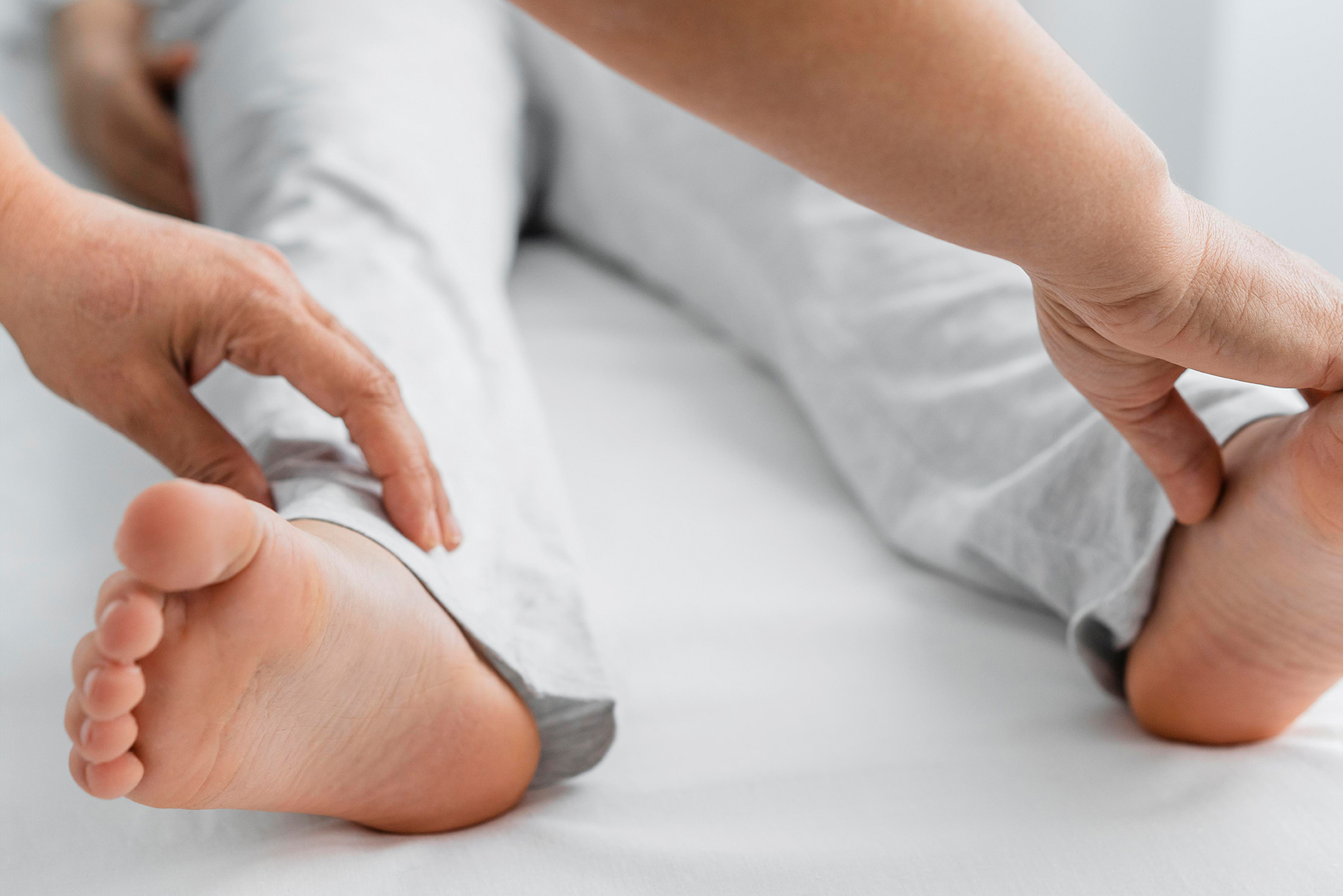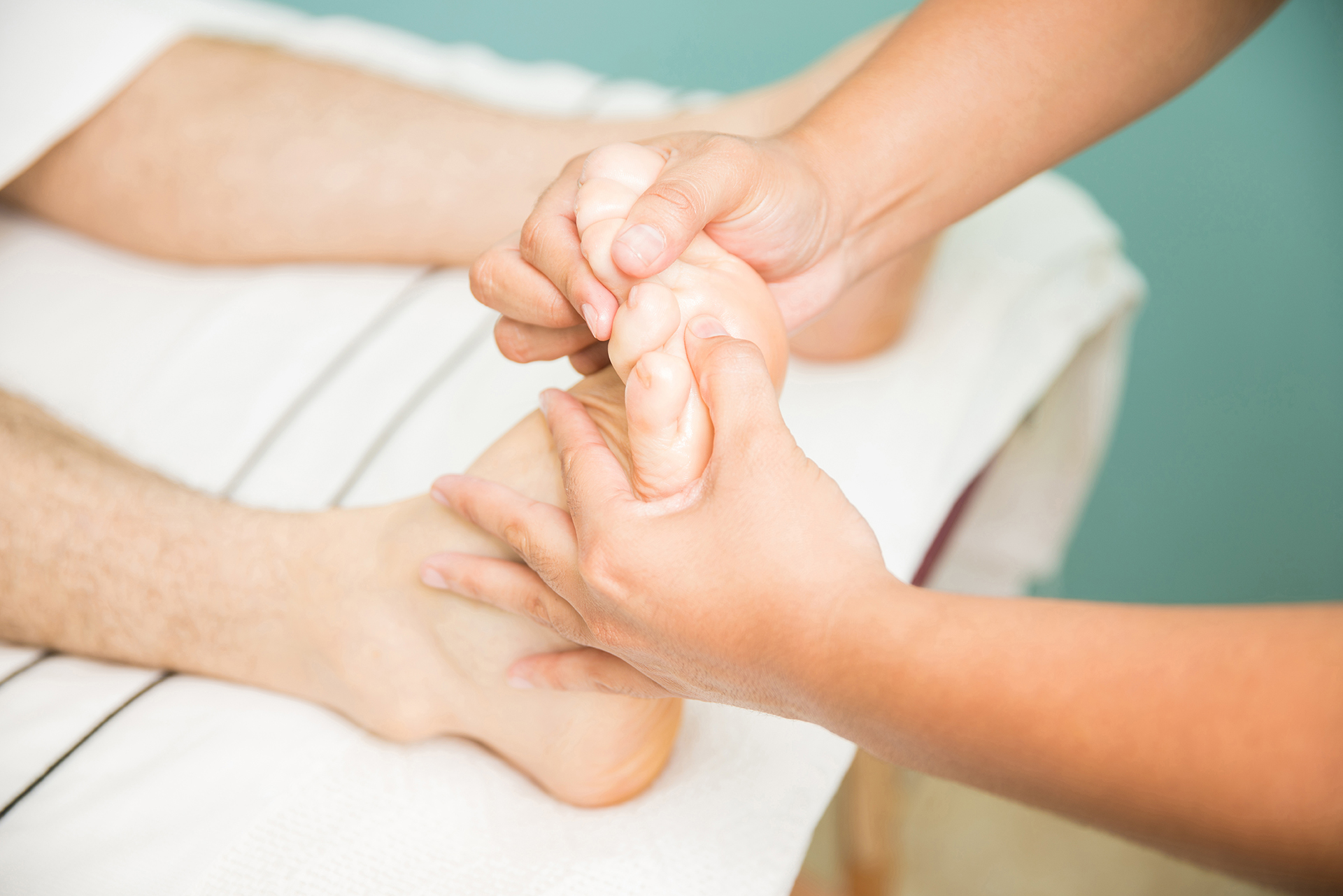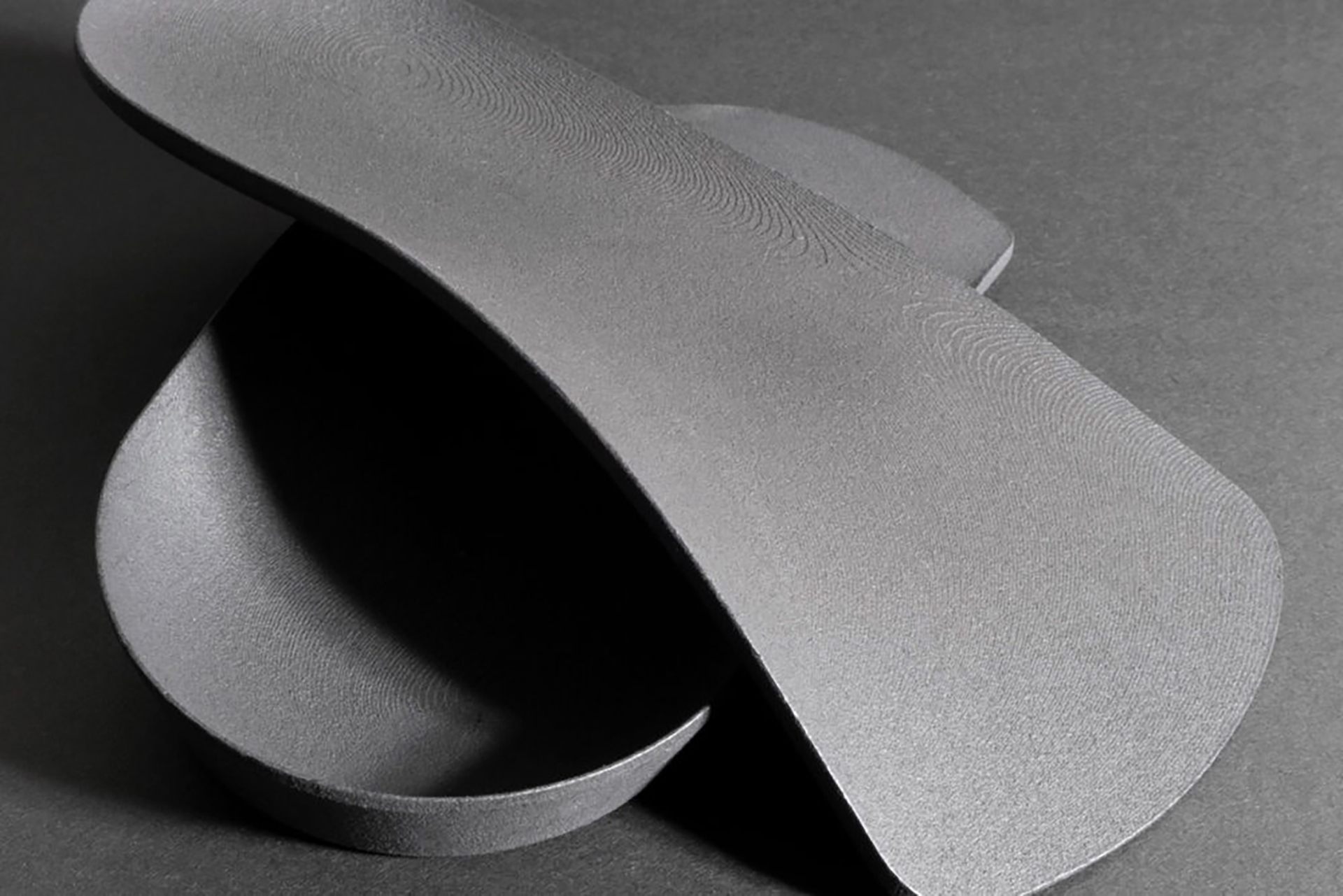A drop foot occurs when a person has difficulty lifting their foot off the ground. In a normal gait cycle the ankle bends and toes point towards the shin, but in people with a foot drop problem, this natural movement to propel forward is impeded. People with foot drop gait issues often make conscious attempts to lift their feet higher in the movement cycle to avoid tripping and falling over as a result of their foot dragging and hitting the ground.
What Is Foot Drop: Symptoms and Causes
Foot drop is an indication of an underlying condition that affects one or both feet. It can occur during any age in life and can be temporary, or permanent depending on the source of the problem.
The telltale sign of the condition is when your toes drag against the floor and walking seems more difficult than usual and your toes ‘slap’ down on the ground with each step. The inability to lift your toes usually begins in other segments of the gait cycle as you lift your knees higher to lift your feet off the ground; circumduction can also occur, which is when you rotate your leg outwards in a semicircle motion during a foot drop gait pattern.
Numbness can also occur when neurological damage is involved. This can often be felt on the top of the foot or in the lower area of the leg. People experiencing numbness are at an increased risk for injury as they may not be aware of abrasions and ulcerations that result from the continual impact of their feet against their shoes when walking or in motion.
Foot drop pain can be caused by certain muscular conditions due to damaged nerves that control movement in the lower leg and foot, including:
- Difficulty lifting the foot due to the compression from deep peroneal nerve foot drop, which runs from sciatica in the lower back through the leg into the foot and is responsible for lifting and straightening it. A sports injury can cause compression, tumours/cysts, herniated discs, extreme weight fluctuation, childbirth, autoimmune diseases, and hip/knee replacement surgery. Prolonged squatting, sitting cross-legged, or having a lower limb in a cast can also compress the nerve. Long-term health conditions such as diabetic neuropathy and wearing incorrect apparel may also contribute to foot drop.
- Muscular disorders affect the muscles’ ability to function properly, with foot drop symptoms showing up as muscle weakness and difficulty with mobility, which can cause foot drop. There are a variety of different muscular disorders ranging from genetic conditions at birth to those acquired later in life. Acquired muscular disorders can be caused by a variety of factors, such as infections, trauma, as well as the use of certain medicines.
- Mutations in genes that encode proteins required for proper muscle function can cause muscular dystrophy that can inhibit muscle movement in the lower leg and foot.
- Charcot-Marie-Tooth Disease (CMT) is a genetic disorder affecting the nerves in the legs and feet which causes muscle weakness and atrophy.
Neurological-related foot drop occurs when signals from the brain to the lower limbs are disrupted or inhibited. Oftentimes, neurological and muscular disorders are closely linked as neurological conditions and can impact muscle tone and cause weakness in muscles. Neurological disorders affect the brain, spine, or surrounding nerves connecting the central nervous system to the entire body. Conditions can arise at birth or become acquired due to stroke, infections, or injuries. Neurological foot drop causes may include:
- Parkinson’s disease, a neurological condition that causes sufferers to experience increasing rigidity, shaking, and difficulty with movement as it progresses.
- Post-polio syndrome may cause symptoms like muscle atrophy, drop foot, callus formation, muscle weakness, neuropathy, and pain from joint deterioration.
- Multiple sclerosis, an autoimmune disorder, can cause muscle weakness and atrophy making it difficult to clear the foot off the ground.
- Lou Gehrig’s or ALS disease, a progressive neurodegenerative disorder, causes weakness in the muscles. Early signs of foot drop may indicate early-stage lower limb-onset ALS patients.
- Cerebral Palsy, causes damage to the brain which affects mobility and muscle tone. Foot disorders, such as drop foot, are common in children with. this disorder.

Foot drop is a serious condition that can be caused by a variety of neurological, muscular, and genetic disorders that can affect mobility and cause difficulty with walking. It is important to seek a podiatric assessment if you are experiencing any symptoms of foot drop as early diagnosis and treatment will help improve the quality of life for those affected.
Diagnosing Foot Drop
Diagnosing foot drop involves a physical examination of the foot and lower leg. This will include range-of-motion foot drop tests as well as an examination of the strength of muscles and joints in areas of the lower leg, foot, and ankle. A podiatric assessment is usually accompanied by some brief questions regarding medical history which may help to identify underlying conditions that can identify the source of the foot drop.
Imaging tests such as X-rays, CT scans, and MRIs may be utilised to help locate and understand the source of the condition while also examining the structure and function of the muscles, nerves, and bones in the lower leg. Based on the physical examination and any additional testing, our team will develop a comprehensive treatment plan to address and correct the underlying condition, where applicable.

Treatment of Foot Drop
Treatment for foot drop can include a combination of therapies and interventions at The Foot Practice. The specific drop foot recovery and treatment plan depends on the severity as well as the underlying source of your dysfunction.
- Shockwave Therapy can be an effective treatment for foot drop by loosening contracted tendons, allowing for better movement of the feet and ankles if you have weak dorsiflexors that affect the muscles that control turning your foot in and out, and help patients to wear shoes more comfortably by making them easier to put on and off.
- Dry needling targets weak and shorted muscles by activating the trigger points. A type of ‘acupuncture’ for foot drop, this minimally-invasive therapy releases tension in the tibialis anterior’s tendon that crosses the ankle joint and bones in the foot.
- Physical therapy and foot mobilisation exercises can help strengthen the muscles in the foot and ankle which can improve muscle function and control.
- Footwear adjustments can support foot drop by providing stability to the foot and ankle allowing it to clear the swing motion without hitting the ground with a higher elevated or built-up sole. Our podiatrists can help you to discover the best shoes for foot drop to address maladaptations.
- Ankle-foot orthosis AFOs, dynamic foot drop splits, rigid orthopaedic foot drop braces or splints are external devices to support biomechanics and stabilise lower limbs and joints to improve proper gait function.
A surgical referral for evaluation may be necessary in extreme cases when conservative options have been exhausted. If you believe you have foot drop or experience symptoms of foot drop, schedule a consultation with one of our foot drop specialists at The Foot Practice today so that we can quickly diagnose and properly treat your foot and ankle injury.







